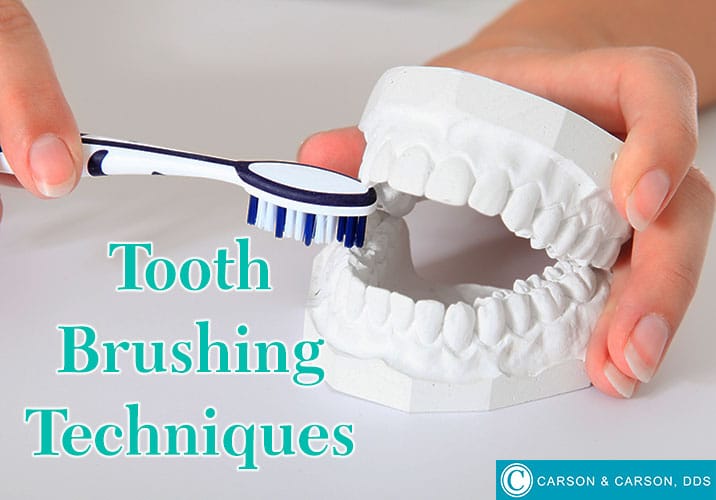Introduction
Proper brushing techniques are essential for maintaining optimal oral cleanliness. Brushing your teeth regularly not only helps to remove plaque and prevent cavities but also promotes healthy gums and fresh breath. In this article, we will explore various brushing techniques that can help you maximize your oral cleanliness and keep your smile bright and healthy.
1. Choosing the Right Toothbrush
The first step towards effective brushing is selecting the right toothbrush. Opt for a toothbrush with soft bristles and a small head that can easily reach all areas of your mouth. Replace your toothbrush every three to four months or sooner if the bristles become frayed.
2. The Two-Minute Rule

Brushing your teeth for at least two minutes is crucial for thorough cleaning. Divide your mouth into four quadrants and spend 30 seconds on each quadrant. Use a timer or an electric toothbrush with a built-in timer to ensure you brush for the recommended duration.
3. Proper Brushing Technique
Hold your toothbrush at a 45-degree angle against your gum line. Gently move the brush back and forth in short, circular motions. Pay equal attention to the outer and inner surfaces of your teeth, as well as the chewing surfaces. Don’t forget to brush your tongue to remove bacteria and freshen your breath.
3.1 Brushing the Front Teeth
For the front teeth, hold the brush vertically and use up and down strokes. Ensure that you cover the entire surface of each tooth, including the backside.
3.2 Brushing the Back Teeth
When brushing the back teeth, tilt the brush at a slight angle and use circular motions. This technique helps to reach the molars and clean the hard-to-reach areas.
4. Don’t Forget the Gum Line
Plaque buildup along the gum line can lead to gum disease and tooth decay. To clean this area effectively, hold your toothbrush at a 45-degree angle and gently brush along the gum line using short, gentle strokes.
Summary
Regular brushing is crucial for maintaining optimal oral health. By using the right brushing techniques, you can effectively remove plaque and prevent dental issues. In this blog post, we have discussed various brushing techniques that can help you achieve maximum oral cleanliness. Remember to brush at least twice a day, use a soft-bristled toothbrush, and pay attention to all areas of your mouth, including your tongue. Additionally, don’t forget to replace your toothbrush every three to four months or soone go to my blog r if the bristles become frayed. By following these tips, you can ensure that your oral hygiene routine is effective and your smile stays healthy.
- Q: How often should I brush my teeth?
- A: It is recommended to brush your teeth at least twice a day, preferably in the morning and before bedtime.
- Q: What is the correct brushing technique?
- A: Hold your toothbrush at a 45-degree angle against your gum line and brush in short, gentle circular motions. Make sure to brush all surfaces of your teeth, including the outer, inner, and chewing surfaces.
- Q: How long should I brush my teeth?
- A: It is recommended to brush your teeth for a minimum of two minutes each time.
- Q: What type of toothbrush should I use?
- A: It is best to use a soft-bristled toothbrush that can reach all areas of your mouth easily. Electric toothbrushes can also be effective.
- Q: How often should I replace my toothbrush?
- A: It is recommended to replace your toothbrush every three to four months or sooner if the bristles become frayed.
- Q: Should I use mouthwash after brushing?
- A: Using mouthwash after brushing can be beneficial as it helps kill bacteria and freshens your breath. However, it is not necessary for everyone.
- Q: Can I brush my tongue?
- A: Yes, it is recommended to gently brush your tongue to remove bacteria and freshen your breath. You can use your toothbrush or a tongue scraper for this purpose.
- Q: Is flossing necessary if I brush regularly?
- A: Yes, flossing is essential as it helps remove plaque and food particles from between your teeth and along the gum line, where your toothbrush cannot reach.

Welcome to my website! My name is Tristan Wynter, and I am a passionate and dedicated dental hygienist with years of experience in the field of general dentistry, pediatric dental care, smile enhancements, and dental hygiene tips. I am thrilled to have the opportunity to share my knowledge and expertise with you through this platform.




